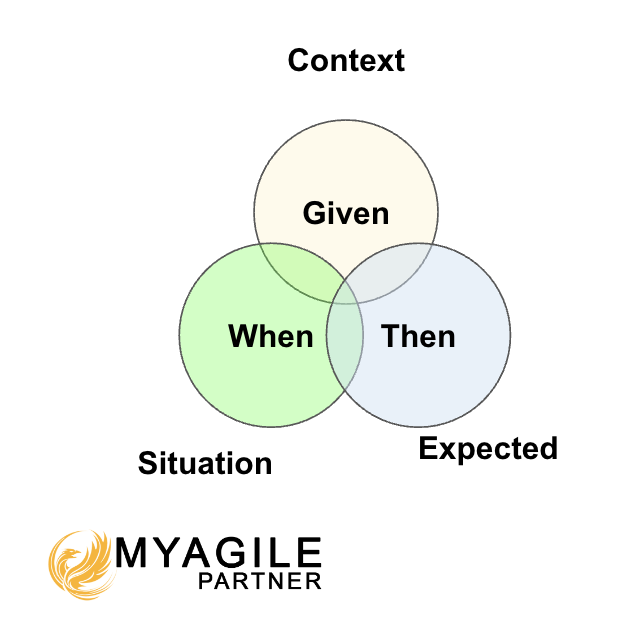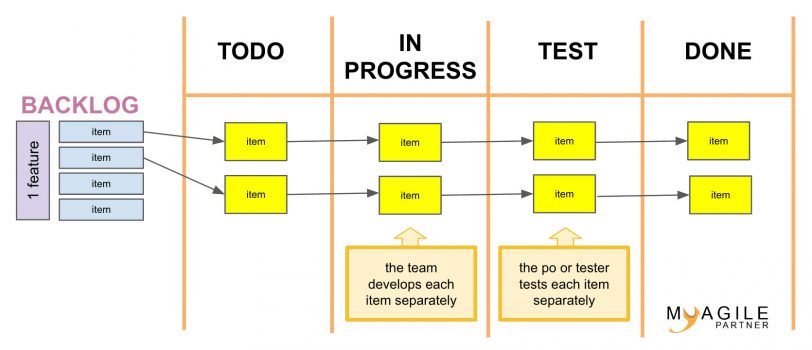
In the realm of software development and quality assurance, effective testing is essential to ensure that a software product functions correctly and meets user expectations. The “Given When Then” (GWT) framework is a powerful technique that facilitates the creation of clear and comprehensive test cases.
In this article, we will explore the GWT framework, its principles, and its importance in software testing.
Understanding Given When Then
Given When Then is a structured format for defining and organizing test cases. It helps testers and developers establish a common understanding of the expected behavior of a system or software feature.
This format originates from a natural language called Gherkin, which we have discussed previously [link to the Gherkin article]. The framework consists of three parts:
Given: This section establishes the initial context or preconditions for the test case. It defines the starting state of the system or the feature being tested.
When: In this part, specific actions or events that trigger the behavior to be tested are described. It defines user interactions or system inputs.
Then: The “Then” section describes the expected outcomes or results of the test case. It specifies what should happen as a result of the actions taken in the “When” section.

The Power of Given When Then
The GWT framework offers several advantages in the context of software testing:
Clarity: GWT test cases are written in plain language and are easy to understand, even for non-technical stakeholders. This clarity ensures that all parties involved in the testing process have a common understanding of what is being tested.
Consistency: GWT encourages a consistent format for designing test cases, making them easier to manage and execute across different teams and projects.
Traceability: Each part of the GWT format provides a clear traceability link. Testers can trace results from the “Then” section back to the specific conditions and actions in the “Given” and “When” sections.
Isolation: The GWT format encourages breaking down test cases into smaller, more targeted scenarios. This allows for better issue isolation when defects are discovered.
Example of Given When Then
Let’s take a simple example to illustrate the use of the GWT framework:
Scenario: User registration with valid data
Given that the user is on the registration page
When the user enters a valid email address and password And clicks on the “Register” button
Then the system should display a “Registration successful” message.
And the user should be logged in to the system
In this example, the “Given” section establishes the initial context, the “When” section describes user actions, and the “Then” section outlines the expected results.
Some testing tools for Behavior Driven Development (BDD) allow writing these tests in French, but this may impact the code, which will contain function names in French. [French version: link to the French article].
Conclusion
The Given When Then (GWT) framework is a valuable tool for designing and documenting test cases in software testing. It promotes clarity, consistency, traceability, and issue isolation, all of which contribute to effective and efficient testing processes. By following this structured format, testers and developers can create test cases that are easy to understand and execute, thereby enhancing the quality of software products.




Be the first to comment